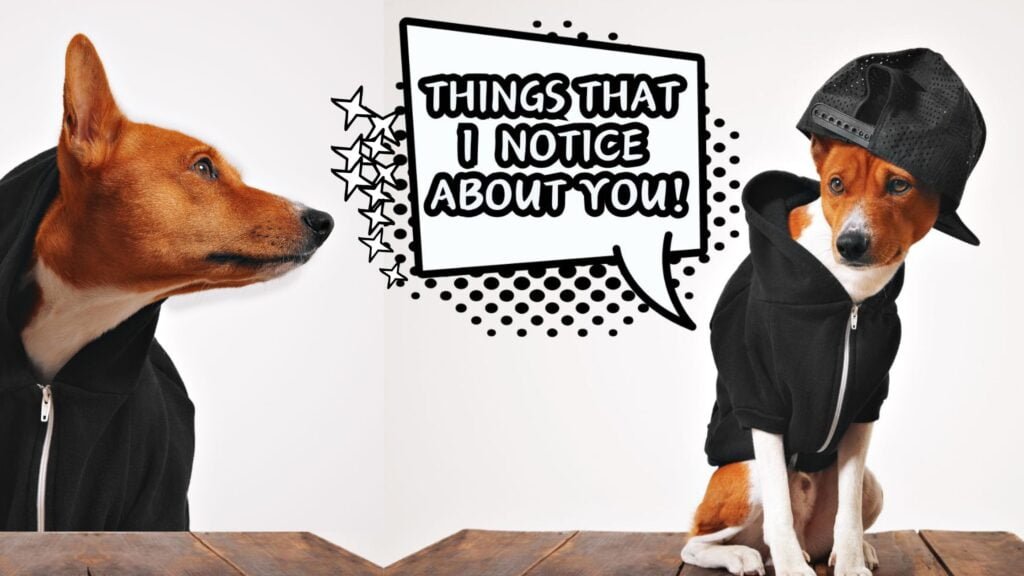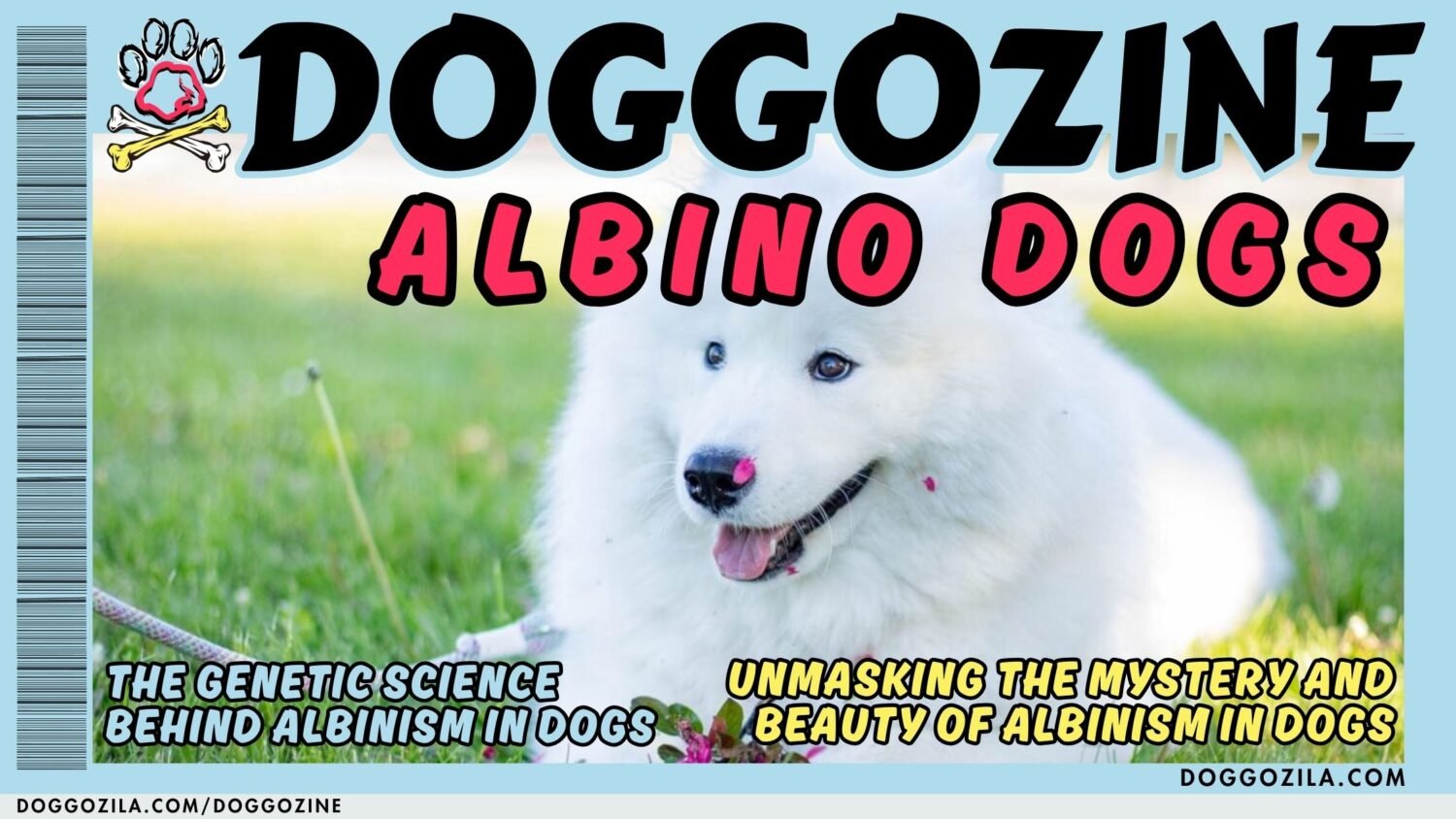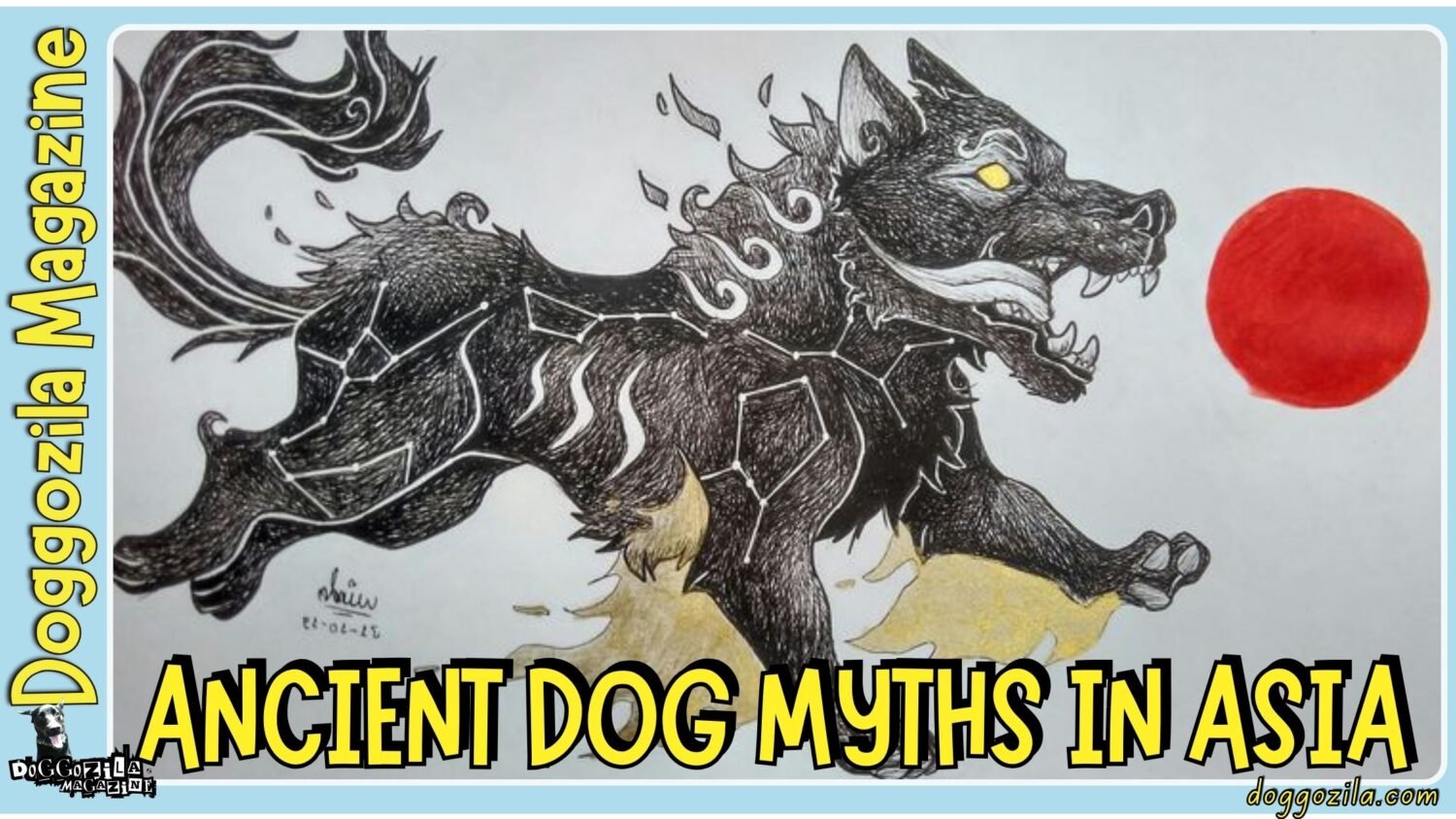We love our dogs and their funny little habits. Maybe your dog chases his tail for hours. He might not look you in the eye. Some dogs seem nervous around others. This might make you ask a question. Can dogs have autism? The answer is not simple. But new research is very exciting. It shows dogs can have behaviors like human autism. Let’s learn about our unique furry friends.
„Your dog’s most puzzling habits might have a fascinating scientific explanation.“
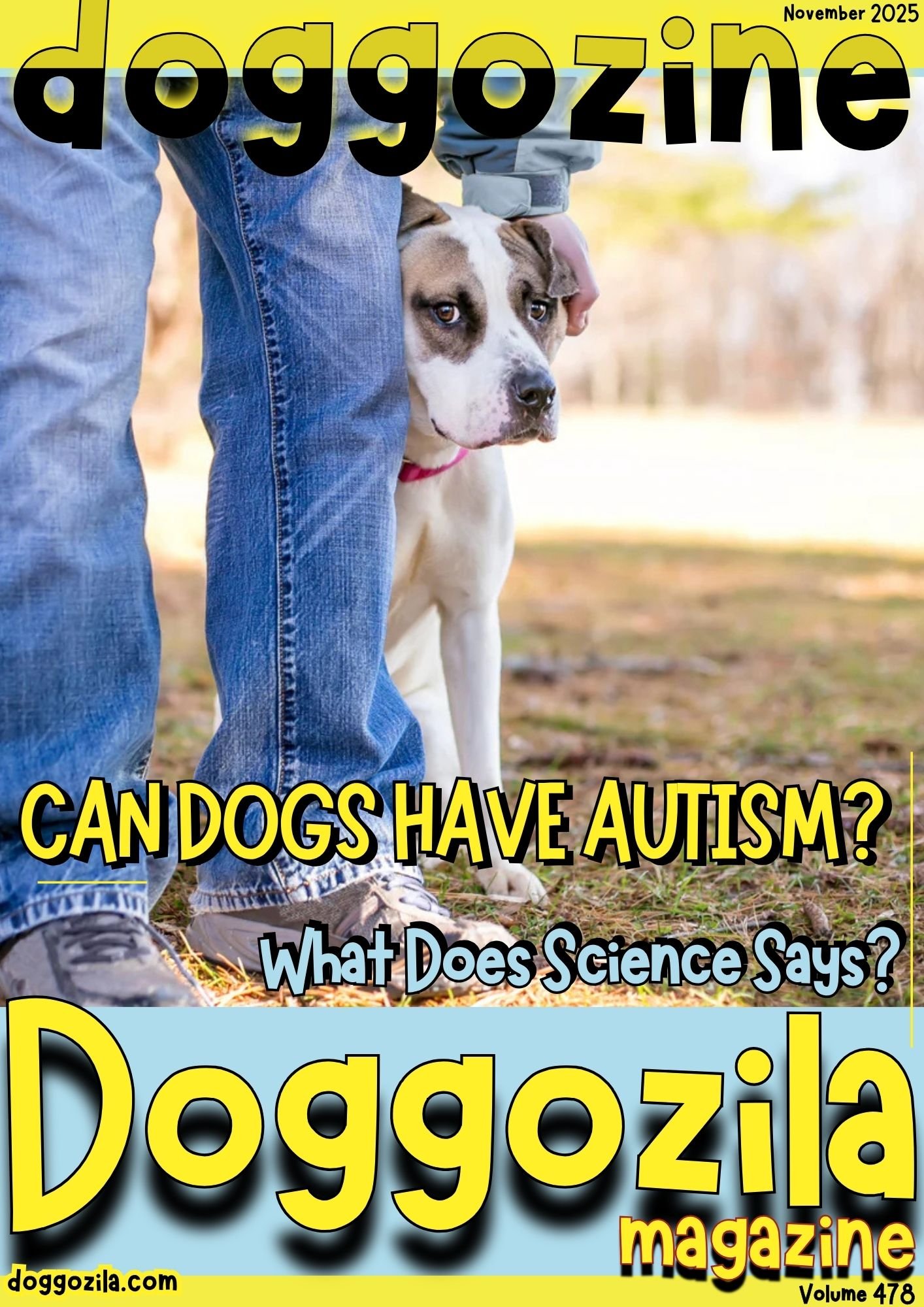
CAN DOGS HAVE AUTISM? UNDERSTANDING THE BASICS FOR OWNERS
We are learning about dog brains and behavior. Vets do not diagnose autism in dogs like doctors do in people. But they see a condition called canine dysfunctional behavior. This is also called CDB. It looks a lot like human autism in some ways. So, can dogs have autism? Asking this helps us understand our pets better. It makes us more caring and patient owners.
Understanding this concept helps us become more compassionate and effective dog owners, better equipped to meet our pets’ unique needs.
What Does “Can Dogs Have Autism” Mean For Vets?
Vets use different words than doctors for people. They say “canine dysfunctional behavior.” This describes a group of behaviors. These actions remind us of human autism traits. So, when we ask can dogs have autism, we are really asking about their brains. We want to know if their social struggles come from how they are wired.
How Are Dog Brains Like Human Brains?
Our brains work in surprisingly similar ways. Both people and dogs process social information. They use the same parts of the brain for this. Scientists studied a gene called Shank3. It is linked to human autism. They found dogs with this gene change had trouble with faces. They did not look at faces much. Their brains were slower to see a face. This is just like some people with autism.
Why Asking Can Dogs Have Autism Helps You
This question is not just for scientists. It changes how we care for our pets. A dog’s odd behavior might not be him being bad. It might be how his brain works. Knowing this helps us stop feeling frustrated. We can learn better ways to help our dogs feel safe and happy.
🔑 Key Points: Dogs cannot be formally diagnosed with autism like humans, but they can exhibit a similar range of behaviors officially known as Canine Dysfunctional Behavior (CDB).
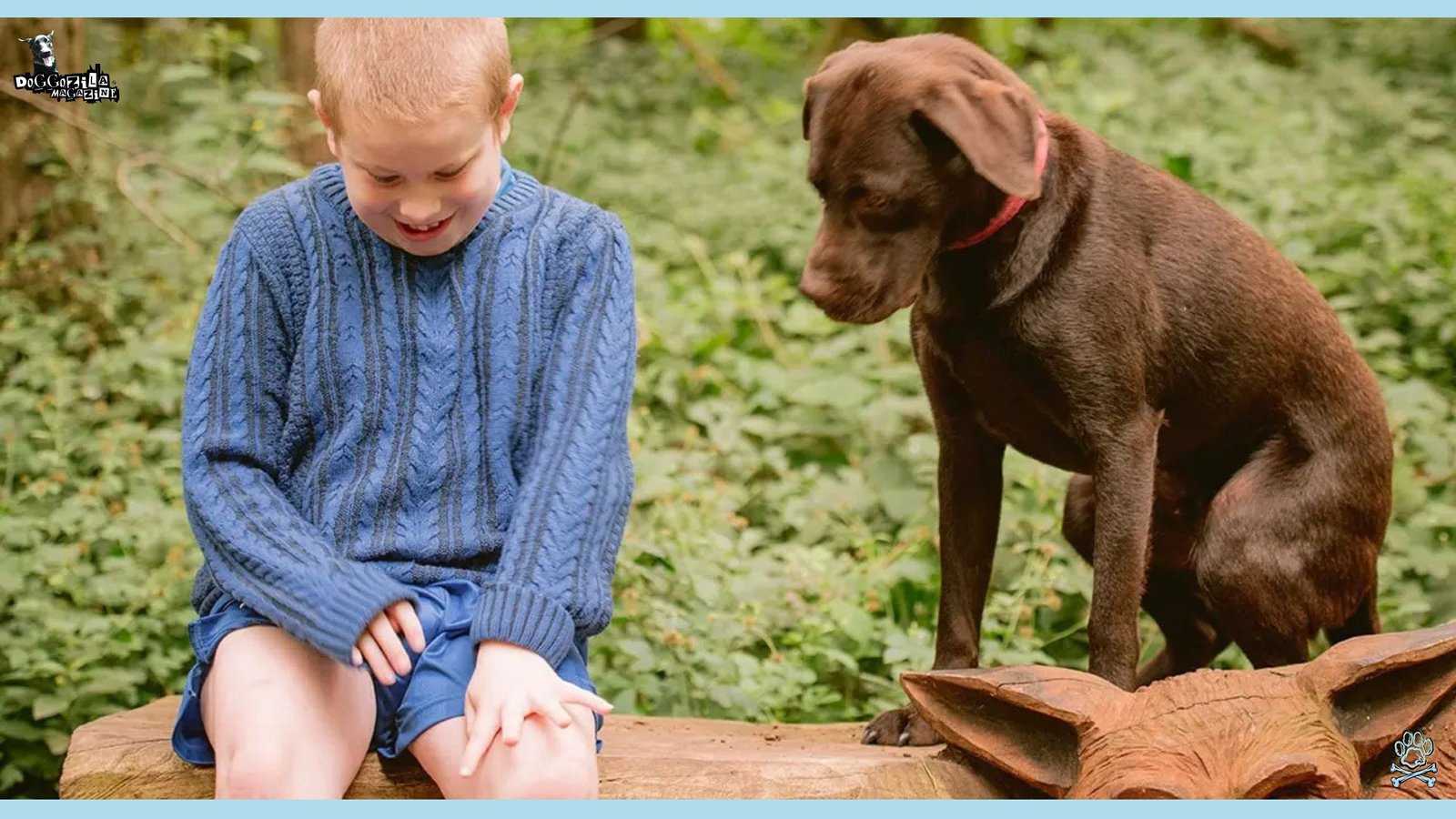
WHAT IS CANINE DYSFUNCTIONAL BEHAVIOR?
What is canine dysfunctional behavior? How does it connect to “can dogs have autism?” CDB is a name for a set of behaviors. Dogs with CDB might act obsessed. They can have trouble with other dogs. Many are very sensitive to sounds or touch. CDB is not the same as human autism. But it helps us understand these special dogs.
Recognizing CDB helps us move beyond judging these dogs as “difficult” or “badly behaved” and instead view them as individuals with unique neurological needs.
Defining Canine Dysfunctional Behavior
Canine dysfunctional behavior is not one single sickness. It is a collection of patterns. Vets use this term for dogs who act different. They might not play well with others. They may repeat the same action over and over. Their brains might learn social skills differently. This can make it hard for them to understand other dogs.
Key Signs of CDB (Canine Dysfunctional Behavior)
Dogs with CDB often show clear signs. They may chase their tail constantly. They might lick the floor or themselves too much. Some dogs seem to be in a trance. They just stare at a wall. Some dogs often avoid meeting new people or dogs. They can be very sensitive to loud noises. These signs start when they are young. They usually stay for their whole life.
CDB Is Different From Other Problems
It is important to tell CDB apart from other issues. An old dog with acting problems might have dementia. A scared dog might just have anxiety. A dog in pain may also act strangely. Your vet must check your dog first. They need to rule out these other health problems.
🔑 Key Points: CDB is an umbrella term for a collection of autism-like symptoms in dogs, including social difficulties, repetitive actions, and unusual sensory responses.

WHAT SCIENCE SAYS ABOUT WHETHER DOGS CAN HAVE AUTISM?
Research gives us great clues. Can dogs have autism? Studies now show it is not just about behavior. There is proof in their genes and biology. This helps us love our dogs better. It also uses dogs to help us learn about human autism.
These studies uncover that biological and genetic evidence is supporting the concept of autism-like conditions in dogs.The evidence continues to grow, transforming our understanding of dog minds and their similarities to our own.
Important Genetic Discoveries
A big study in 2025 looked at Beagle dogs. They had a change in the Shank3 gene. These dogs did not look at people’s faces much. Another study looked at Bull Terriers. Those who chased their tails had special chemicals in their blood. These same chemicals are found in humans with autism. This is strong proof that genetics matter for dogs, too.
The Bull Terrier Story
Bull Terriers taught us a lot. A doctor studied over 300 of them. The ones who chased their tails were often male. They would have sudden bursts of anger. They sometimes seemed to be in a trance. Their blood tests showed high levels of certain chemicals. These are the same ones high in people with autism. This was a big finding for science.
Dogs Help Us Study Human Autism
Dogs are great for autism research. They are better than mice for this. Dogs live with us and are our friends. Their social lives are a lot like ours. By studying “can dogs have autism,” we learn about both species. This helps dogs and people at the same time.
🔑 Key Points: Scientific studies, including genetic research on Bull Terriers and Beagles, provide strong biological evidence that autism-like conditions have a genetic basis in dogs.
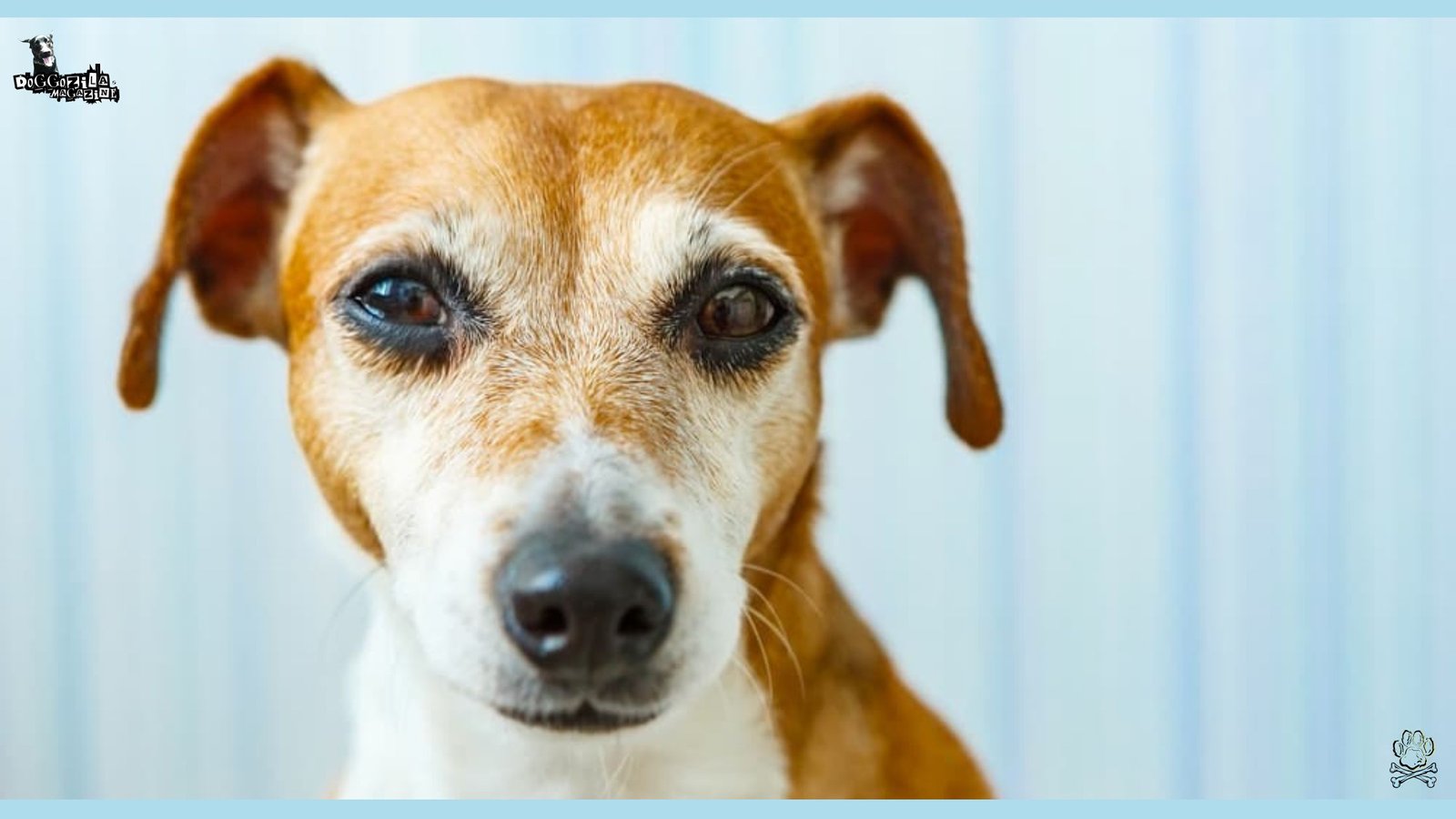
RECOGNIZING THE SIGNS: CAN DOGS HAVE AUTISM SYMPTOMS?
Wondering “can dogs have autism” means looking for signs. Dogs with CDB have trouble in three main areas. They struggle with being social. Some dogs have a hard time communicating. They repeat certain behaviors. Seeing these signs helps you get the right help for your dog. Always talk to your vet first.
Dogs with canine dysfunctional behavior typically show symptoms across three main categories, such as social interactions, communication styles, and repetitive behaviors. Remember, many of these behaviors can also indicate other medical issues, so professional evaluation is always the first step.
They Act Differently With Others
A dog with CDB might avoid other dogs. He may not care when you come home. Some dogs might not like being petted or hugged. He may not know how to say “hello” to another dog properly. This is not him being rude. His brain just finds social things very confusing.
They Communicate In Their Own Way
These dogs can be hard to understand. They might not wag their tail to say they are happy. They may not understand your pointing finger. Many avoid looking into your eyes. This can make training difficult. Some bark in a strange way or never make a sound. This makes it hard for them to make friends.
They Repeat Actions Over and Over
Repetitive actions are a common clue. This means doing the same thing again and again. It could be spinning in circles or chewing on one toy. Some dogs must follow the exact same routine every day. They get upset if something changes. These actions often calm them down when they feel overwhelmed.
How Common Autism-Like Behaviors in Can Show in Dogs?
| What To Look For? | Examples | What It Looks Like? |
| Social Differences | Ignores people, stays alone | Hides when guests come, does not like the dog park |
| Communication Trouble | Avoids eye contact, strange barks | Does not come when called, other dogs get confused by him |
| Repeated Actions | Tail chasing, lining up toys | Does one thing for a very long time, hard to stop him |
| Sensory Issues | Hates loud noises, avoids touch | Hides during thunderstorms, does not like his paws touched |
🔑 Key Points: The main signs to watch for fall into three categories, such as social interaction differences, communication challenges, and repetitive behaviors or restricted interests.
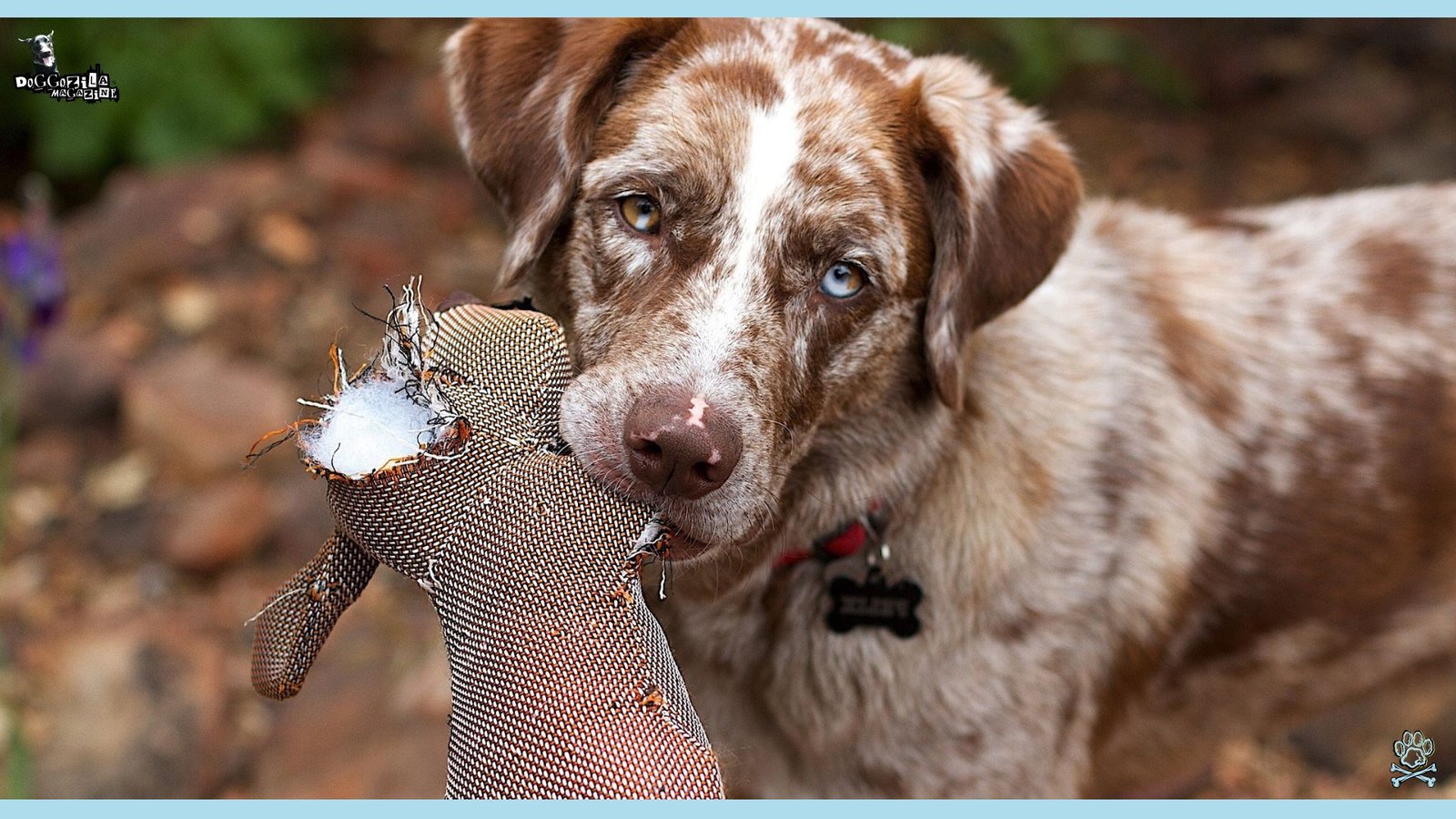
WHAT CAN CAUSE AUTISM-LIKE BEHAVIOR IN DOGS AND HOW TO HELP THEM?
Knowing the causes helps us be better owners. It seems the main cause is in their genes. But other things in their life can also play a part. We do not know everything yet. But what we know helps us support our dogs.
Research suggests that genetic factors play a significant role, though environmental influences may also contribute. The causes appear complex and multifaceted, much like human autism.
It’s Often In Their Genes
Some types of dogs are more likely to have CDB. Bull Terriers and Miniature Poodles are examples. Scientists found genes in dogs that are linked to human autism. These genes affect how the brain grows. This is why the behaviors show up when the dog is just a puppy.
The Mirror Neuron Idea
One interesting idea is about “mirror neurons.” These are special brain cells. They help us learn by watching others. They help us feel empathy. If a dog’s mirror neurons do not work right, he cannot learn from his mom. This could explain why he does not know how to act with other dogs.
Other Things That Might Play a Role
Genes load the gun, but environment pulls the trigger. Things before birth might matter. An illness or stress for the mom dog could affect her puppies. But one thing is sure. Vaccines do not cause autism in dogs. All major vet groups agree on this. There is no science to support that idea.
🔑 Key Points: The condition is primarily linked to genetics and breed predisposition, with potential influence from environmental factors, but it is not linked to vaccines.

HOW CAN DOGS GET A PROPER DIAGNOSIS FOR AUTISM-LIKE BEHAVIORS?
If you think your dog has autism-like behavior, see your vet. There is no single test for CDB. The vet will check for other problems first. This takes time but is worth it. It leads to a better life for your special dog.
Since there’s no definitive test for canine dysfunctional behavior, diagnosis involves ruling out other conditions that could cause similar symptoms. A proper diagnosis transforms confusion into understanding and provides a roadmap for helping your dog thrive.
What The Vet Will Do?
Your vet will do a full check-up. They will take blood to test for problems like a bad thyroid. The vet will ask you many questions about your dog’s life. They need to know when the behaviors started. This helps them make sure it is not a different sickness.
You Might See a Specialist
Sometimes, your vet will send you to a behavior expert. This person is a special vet for animal behavior. They are great at seeing small details. The specialists can tell exactly what is going on with your dog. They will make a plan that is just for your dog.
Keep a Diary Of Your Dog’s Behavior
Write down what your dog does. Note what happens right before he acts strangely. How long does it last? What helps him calm down? Take videos on your phone. This helps the vet see the real story. It is the best way to get the right help.
🔑 Key Points: A diagnosis involves a thorough veterinary assessment to rule out other medical conditions, and often includes working with a specialist called a veterinary behaviorist.

HOW CAN YOU HELP DOGS WHO MIGHT HAVE AUTISM?
You can help your dog live a great life. Use a mix of strategies. Change his environment. Give him a solid routine. Train him with patience. The goal is not to fix him, but to help him cope. Your love and patience make all the difference.
The goal isn’t to “cure” your dog but to help them cope with challenges and leverage their unique strengths. With patience and the right approach, you can make a dramatic difference in your dog’s quality of life.
Give Him a Predictable Life
Dogs with CDB love routine. Feed him at the same time every day. Walk him at the same time. Try not to move furniture around. If you must make a change, do it slowly. This makes his world feel safe and not scary.
Make Your Home a Safe Place
Make your house calm for him. Give him a quiet spot that is just his. A crate with a blanket over it works well. Try to soften loud noises. Teach kids not to surprise him with hugs. For some dogs, a tight-fitting shirt feels like a hug and calms them.
Train Him With Kindness
Yelling or punishment does not work. Use happy rewards instead. When he does something good, give him a yummy treat. Keep training sessions very short. Use puzzle toys to make him think. Always be patient and let him learn at his own speed.
Management Strategies Can Help for Autism-Like Behaviors in Dogs
| How to Help? | What to Do? | How It Helps? |
| Change the Home | A quiet bed, less noise | He feels less worried and scared |
| Set a Routine | Same schedule for food and walks | He knows what to expect each day |
| New Training | Use treats, keep it fun | He learns better and trusts you more |
| Extra Support | Calming shirts, vet medicine | He feels less stressed overall |
🔑 Key Points: Management focuses on creating structure, making environmental modifications to reduce stress, and using positive reinforcement training techniques.

THE FUTURE OF RESEARCH ABOUT THE QUESTION IF DOGS CAN HAVE AUTISM
Scientists are still studying the question about “can dogs have autism.” The future looks bright. This research helps our dogs and helps people too. We are learning more every day.
Current studies focus on genetic understanding, neurological mechanisms, and treatment innovations. The future looks bright for deepening our understanding of dog minds.
Learning More About Genes
The Shank3 gene study was just the start. Scientists are now looking at the genes of Bull Terriers. They want to find all the genes involved. One day, a simple test might tell us if a puppy has CDB. This could help breeders and new owners be prepared.
Finding New Ways to Help
Researchers are looking for new treatments. They are studying if special food or supplements can help. They are seeing if therapies for people can work for dogs. As we learn more about the dog brain, we can make better medicine. This means a happier life for dogs with CDB.
Dogs Help People, People Help Dogs
Dogs are amazing for autism research. They get CDB naturally and live in our homes. By studying them, we learn about human autism. This is a wonderful partnership. Asking “can dogs have autism” helps us all understand each other better.
🔑 Key Points: Ongoing studies into genetics and treatment hold promise for helping affected dogs, while also using them as natural models to better understand human autism.





